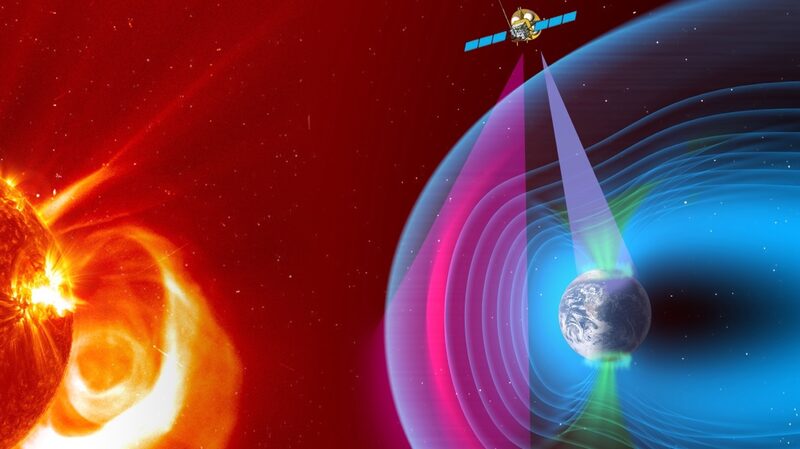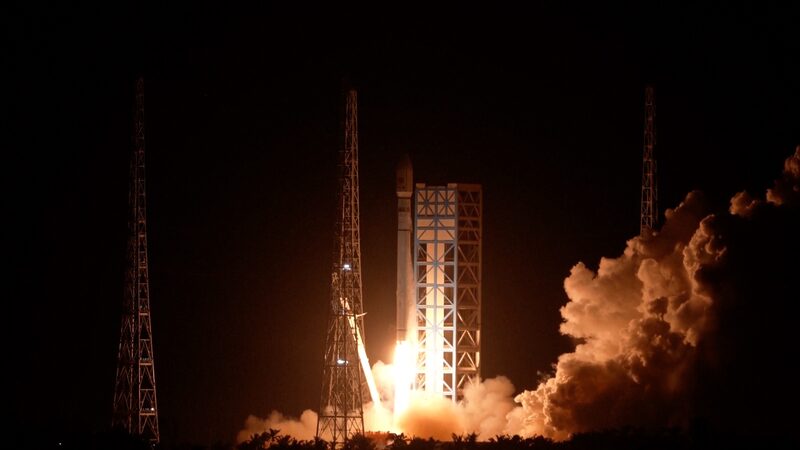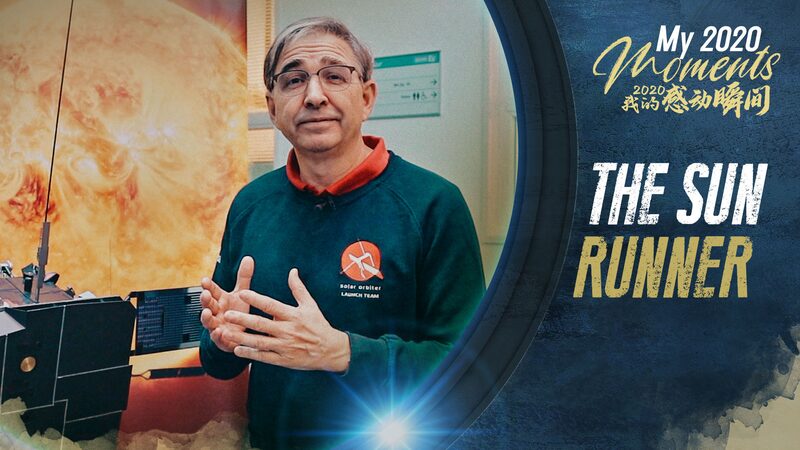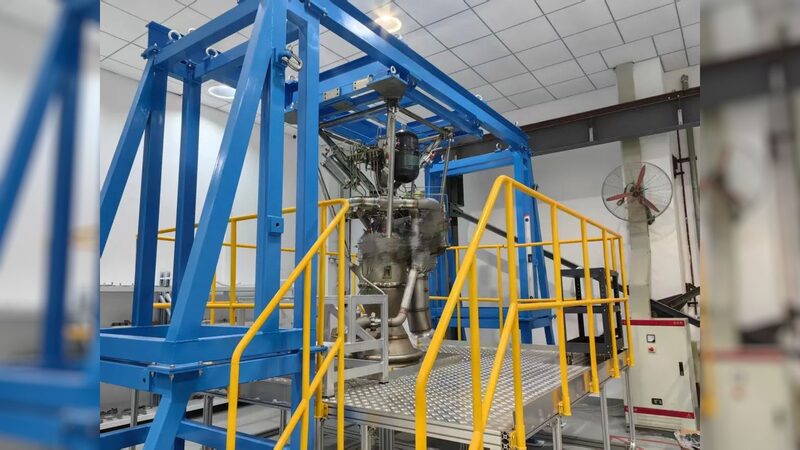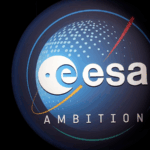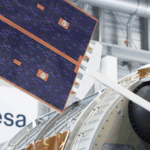Exciting news for space enthusiasts! Development work on the SMILE satellite has been successfully completed in China, marking a significant milestone in the China-Europe space collaboration. 🌍✨
The Solar wind Magnetosphere Ionosphere Link Explorer (SMILE) is a groundbreaking joint mission between the Chinese Academy of Sciences (CAS) and the European Space Agency (ESA). Its mission? To dive deep into the sun-Earth connection by observing the dynamic interactions between solar wind and Earth's magnetosphere. 🌞🔭
According to the National Space Science Center of the CAS, the development phase included rigorous satellite testing, system interface evaluations, and environmental experiments to ensure everything is set for the next steps.
Looking ahead, the satellite platform and payload module are scheduled to arrive at the European Space Research and Technology Centre in the Netherlands this October. There, they will undergo final integration and testing, with the payload module developed by the ESA. 🛰️🔧
The SMILE satellite is slated for launch by the end of 2025 from Europe’s space launch site in Kourou, French Guiana, using Arianespace's Vega-C launch vehicle. This project stands as China's first comprehensive and in-depth cooperation with the ESA at the mission level in the realm of space science exploration.
So, what’s the big deal? The scientific objectives of SMILE are nothing short of fascinating! The mission aims to explore large-scale structures and fundamental patterns of solar wind-magnetosphere interactions, understand the changes and periodic variations of magnetospheric substorms, and investigate the initiation and development of magnetic storms driven by coronal mass ejections. Essentially, SMILE will help us better understand the space weather that affects our planet. 🌐⚡
Reference(s):
cgtn.com
